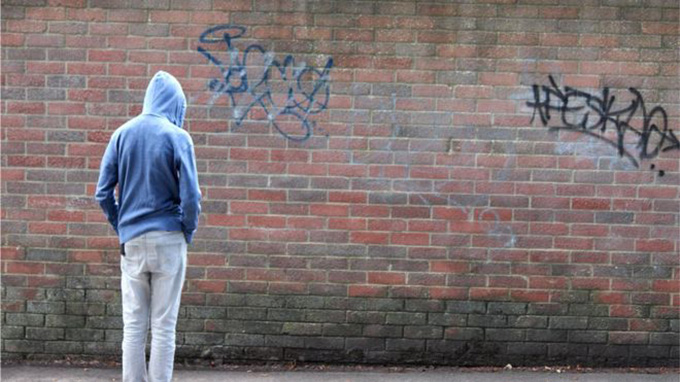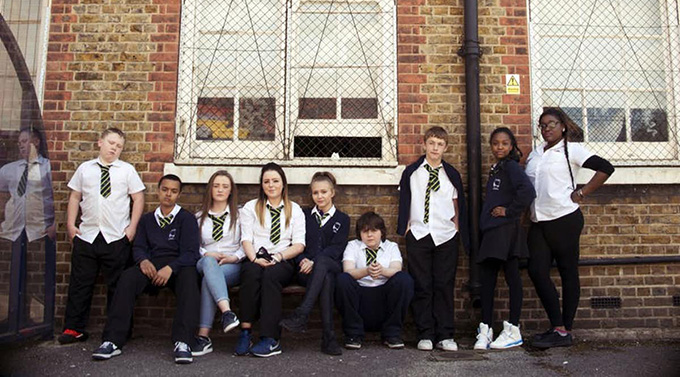
After years of decline, school exclusions are on the rise again, according to official figures for the Department for Education. The Timpson review, carried out by former children’s minister Edward Timpson, also shows that children in care and other “children in need” are disproportionately likely to be excluded. This amplifies the educational disadvantages they already face.
There are around 75,000 children in care at any one time in England. Collectively, they have some of the lowest educational outcomes of any identifiable group for reasons that are complex and multidimensional. The 2016-2017 figures show they are five times more likely to have been temporarily excluded than other children. Children in need -– the wider group needing support from their local authority –- were nearly four times as likely to be temporarily excluded and twice as likely to be permanently excluded.
Among Timpson’s 30 recommendations, he argues that all teachers should be trained in attachment theory as a means of understanding and addressing behavioural issues in school. This isn’t the first time this has appeared in a government report, but it feels like momentum is building.
Indeed, there is growing evidence that one pathway to reducing exclusions is for schools to adopt an “attachment and trauma aware” approach. This has its origins in early studies emphasising how a child’s relationships with adults and feelings of safety guide their psychological development. More recent advances in neurobiology have revealed how adverse childhood experiences such as abuse and neglect impact directly on the structure of a young person’s brain.
There is now increased understanding as to how the legacy of trauma affects how young people experience the world. It particularly influences how they build trusting relationships, understand boundaries and manage their emotions. Childhood trauma can leave a long-lasting physical mark.
This is, of course, not to argue that these children are inevitably destined to be poorly behaved, nor that bad behaviour should be ignored or explained away. Attachment and trauma awareness is about action, not inaction – and about equipping people with knowledge and information to understand children who have experienced difficult circumstances.
Causes not symptoms
In 2015, the National Institute for Health and Care Excellence (NICE) explored the effectiveness of attachment and trauma awareness in supporting vulnerable children. Their assessment, based on research evidence from around the world, was unequivocally positive.
Inexplicably then, it has taken four years for attachment and trauma awareness to bubble onto the political agenda. Rather, the focus of government attention, strongly promoted by schools minister Nick Gibb, has been on a “zero tolerance” approach to behaviour. This manifests in strict rules, strong sanctions and even periods of isolation for minor transgressions. Crucially, given the recent rise in exclusions, it doesn’t seem to be working. This is perhaps unsurprising given its obsessive focus on symptoms rather than causes.

Between 2016 and 2018, the University of Oxford evaluated three local projects to train school staff in attachment and trauma awareness. In the main, staff and pupils reported improvements in well-being and behaviour, with most schools also showing rising attainment. Become, a charity for children in care, recently made attachment and trauma awareness its number one recommendation for how teachers can best support vulnerable children to thrive.
Transforming schools
The Attachment Research Community –- a charity working with schools –- collects case studies of schools that have been transformed through attachment and trauma awareness. The binding theme is a focus on ensuring that all staff, from headteachers to mealtime supervisors, are equipped to support young people to regulate their own emotions. They also typically make use of innovations like “chill out” rooms, nurture groups and “time out” cards to create a calmer environment for learning.
Hope School in Liverpool, which recently shared its new Ofsted reporton social media, has been specifically commended for its attachment and trauma awareness:
Based on academic research you have developed a school that is sensitive to supporting pupils with attachment and complex trauma histories [and] removed reliance on external sanctions and rewards to control behaviour.
Ofsted’s report could not be clearer in its judgement. It concludes that “behaviour in school is exemplary and pupils make outstanding progress in their learning”. Specifically, “the emphasis [had] changed to understanding the internal reasons for behaviour”. In other words, attachment and trauma awareness works – even for already successful schools.
So with the current schools minister seemingly at odds with the former children’s minister (and now Ofsted), it remains to be seen how much longer the rhetorical “crackdown” on behaviour can survive. Education secretary Damian Hinds has accepted all 30 of Timpson’s recommendations on behalf of the government, albeit without firm commitments around teacher training. But, hopefully, attachment and trauma awareness is an idea whose time is finally coming.
Author Bio: Neil Harrison is Deputy Director of the Rees Centre and Associate Professor at the University of Oxford